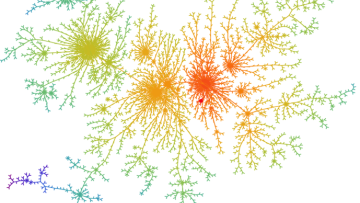Stochastic Analysis and Correction of Floating Point Errors in Monte Carlo Simulations
Abstract
In this talk we will show how the floating point errors in the simulation of SDEs (stochastic differential equations) can be modelled as stochastic. Furthermore, we will show how these errors can be corrected within a multilevel Monte Carlo approach which performs most calculations with low precision, but a few calculations with higher precision. The same procedure can also be used to correct for errors in converting from uniform random numbers to approximate Normal random numbers. Numerical results will be generated on both CPUs (using single/double precision) and GPUs (using half/single precision).



